
Coral Pink Sand Dunes State Park, UT
Camping in Coral Pink Sand Dunes. There are two campground loops in Coral Pink Sand Dunes. The campground has restrooms, hot showers, a sewage disposal station, picnic tables, and fire pits. Sites 1-22 (loop A) are more wooded and closer together. Sites 23-34 (loop B) have water and electric hookups and are a little more spread out from one.
Coral Pink Sand Dunes State Park [6000x4000] [oc] EarthPorn
Coral Pink Sand Dunes State Park is a state park in southwestern Utah, United States, located between Mount Carmel Junction and Kanab, south and west of U.S. Highway 89 in Kane County.The park features uniquely pink-hued sand dunes located beside red sandstone cliffs.. The dunes are formed from the erosion of pink-colored Navajo Sandstone surrounding the park.

Coral Pink Sand Dunes State Park Must Hike Must Eat
Coral Pink Sand Dunes State Park is located between Kanab and Mount Carmel Junction. It is arguably one of the most stunning of the 40 state parks in Utah and is an outdoor playground.

The Adventures of Asher & Journey Coral Pink Sand Dunes State Park, Utah
Rippling arcs of rust-colored sand welcome you as you enter Coral Pink Sand Dunes State Park. Contrasted by blue skies, juniper and pinion pines, and steep red cliffs, the park is a wonderful place for camping, photography, off-highway vehicle riding, and playing in the sand. As the only major sand dune field on the Colorado Plateau, this park.
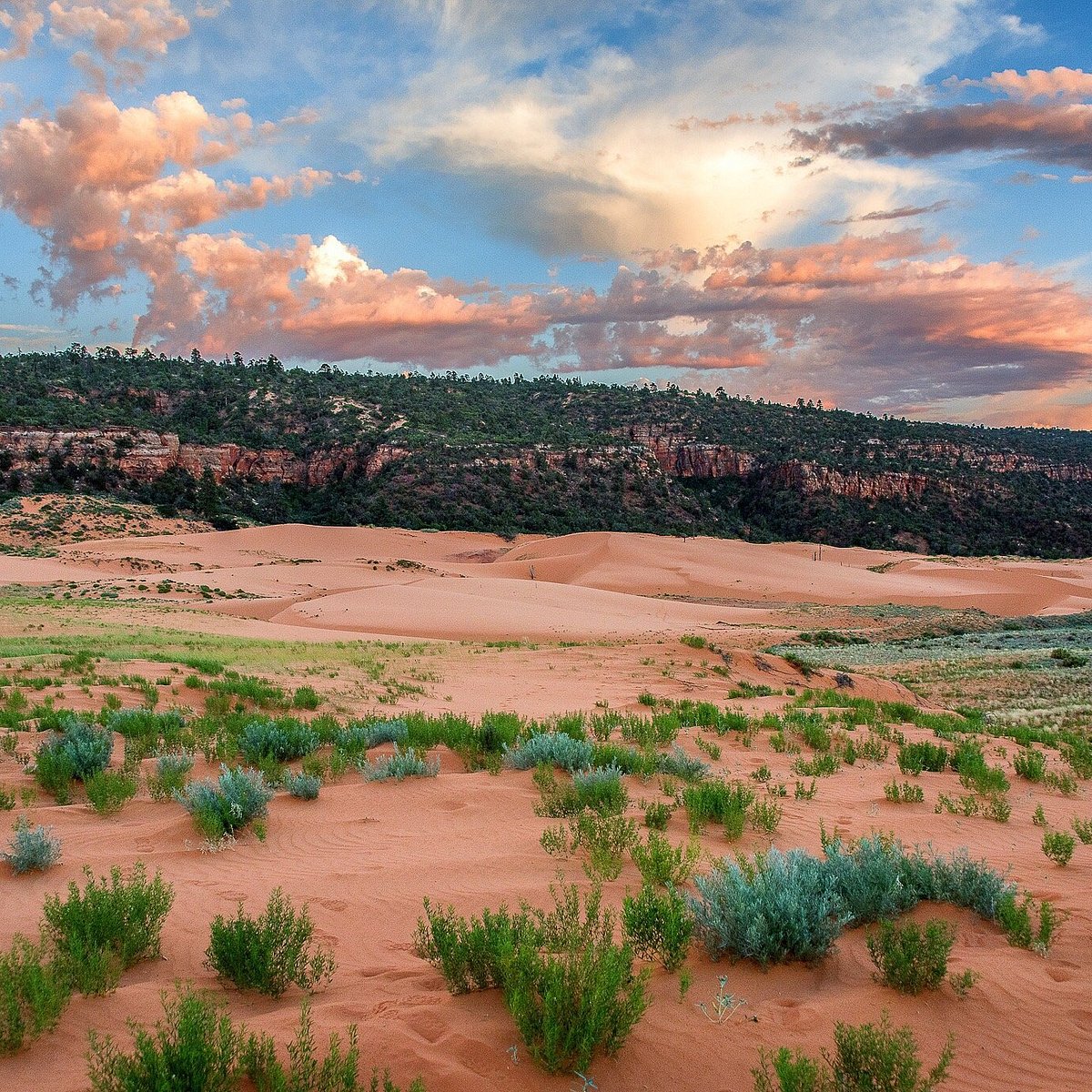
Coral Pink Sand Dunes State Park (Kanab) All You Need to Know BEFORE You Go
The dunes were formed by the continual erosion of the nearby Navajo sandstone cliffs and estimated to be 10,000 to 15,000 years old. The state park was first opened to the public in 1963. Coral Pink Sand Dunes State Park is open year-round, seven days a week, during daylight hours. The best times to go are spring, early summer and fall, as the.

Coral Pink Sand Dunes in Utah Anne McKinnell Photography
Welcome to Coral Pink Sand Dunes State Park! Venture onto a shifting sea of red sand. Changed by winds, these mountains and hills of sand can move as much as 50 feet per year. With areas for off-highway vehicle enthusiasts and those with non-motorized pursuits, the dunes offer adventures for all.

Coral Pink Sand Dunes State Park Wikipedia
From here, take Hwy 89 northwards until you find the signs for the Coral Pink Sand Dunes. The turn for the sand dunes is about 6 miles from Kanab and is well signposted. Keep in mind that it takes about half an hour by car from Kanab. If you are coming from the north, i.e. from almost all the localities of Utah, you must take Highway 89 and.
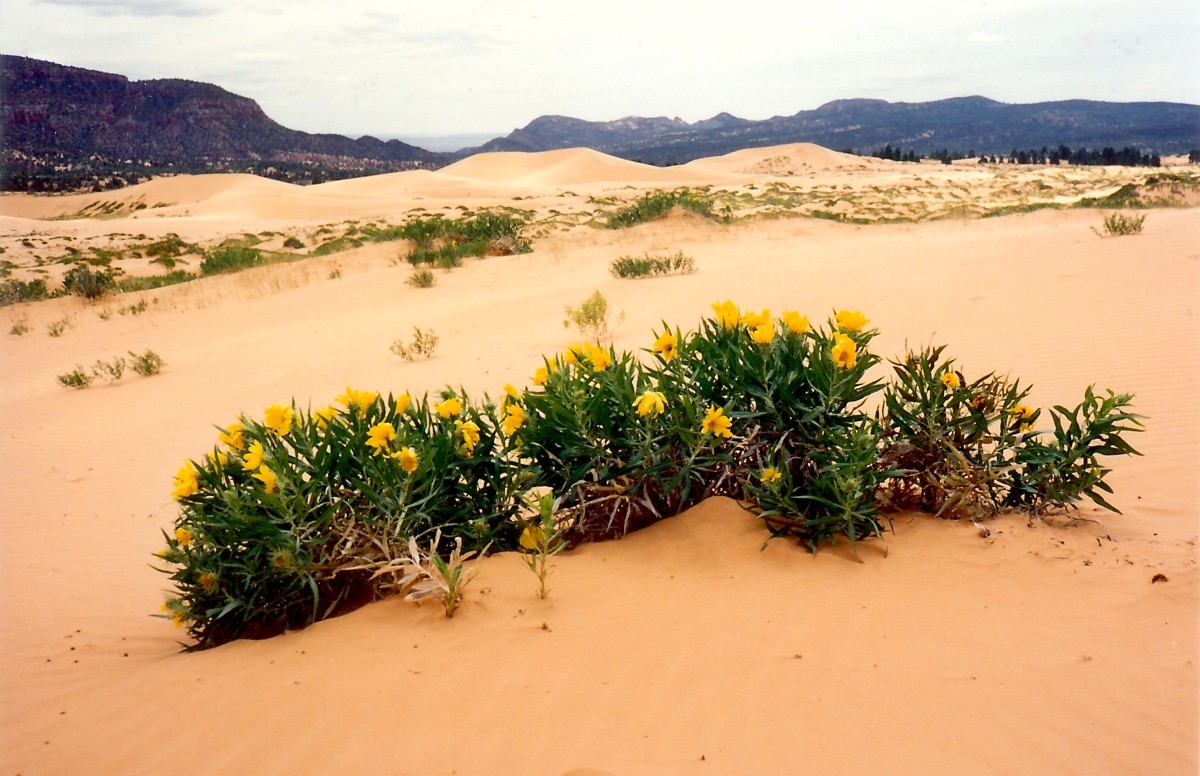
Spectacular Scenery and Recreation at Coral Pink Sand Dunes State Park in Utah WanderWisdom
Coral Pink Sand Dunes State Park P.O. Box 95 Kanab, UT 84741-0095 (435) 648-2800. Seasons/Open Hours. Daylight hours, seven days a week Holiday Closures: None. Entrance Fees. $10.00 Day Use $5.00 Senior Day Use. Camping Fees. Old Campground (Sites 1-22, no hookups): $25 per single site. $50 for double sites.
Journeys Coral Pink Sand Dunes State Park, Zion and Bryce Canyon National Parks, Utah Hiking
The Coral Pink Sand Dunes, located in Southwestern Utah between Kanab and Mt. Carmel Junction, covers 3,730 acres of beautiful sand dunes.
Coral Pink Sand Dunes State Park, Utah r/hiking
Rippling arcs of rust-colored sand welcome you as you enter Coral Pink Sand Dunes State Park. Contrasted by blue skies, juniper and pinion pines, and steep red cliffs, the park is a wonderful place for camping, photography, off-highway vehicle riding, and playing in the sand. As the only major sand dune field on the Colorado Plateau, this park is a unique geologic feature that should not be.
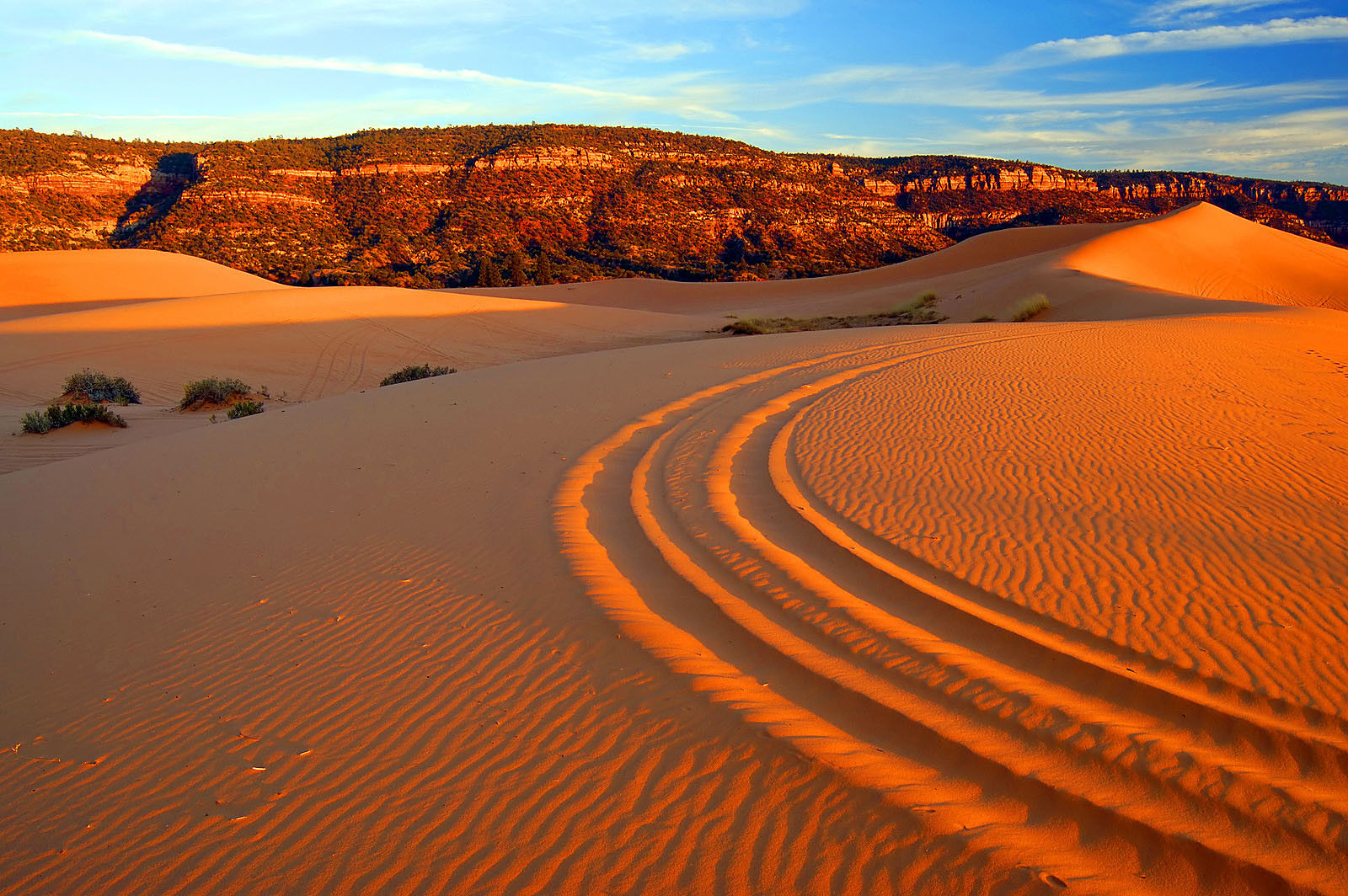
Coral Pink Sand Dunes State Park
Driving from Zion National Park main visitor center in Springdale to Coral Pink Sand Dunes State Park visitor center is 40 miles and will take around 1 hour 15 minutes. The drive time is so long because getting out of Zion via the Zion - Mt Carmel tunnel and highway is slow going. Plus, the winding roads have a 40mph speed limit until you.
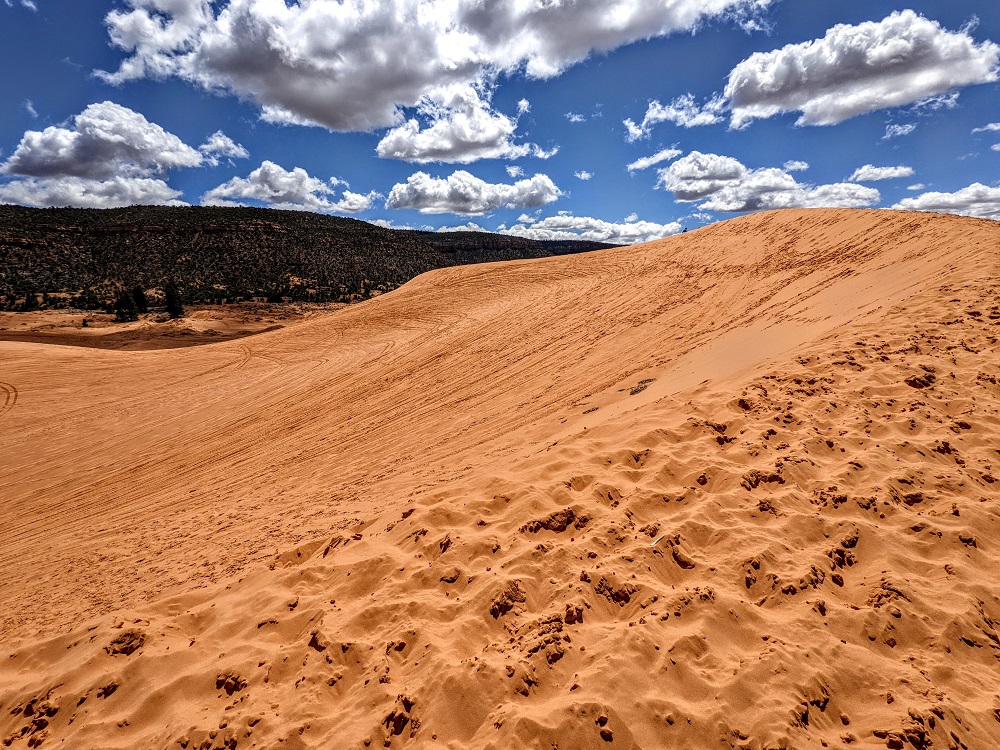
Going Sandboarding At Coral Pink Sand Dunes State Park In Kanab, UT No Home Just Roam
Coral Pink Sand Dunes State Park. Restless winds shift giant Sahara-like sand dunes across half of this 3700-acre state park. For lovers of the strange, it's worth the 24-mile, 90-minute round-trip off Hwy 89 to see the shocking coral-colored hills. The pinkish hue results from the eroding, red Navajo sandstone in the area.
Journeys Coral Pink Sand Dunes State Park, Zion and Bryce Canyon National Parks, Utah Hiking
The Coral Pink Sand Dunes State Park is an adventurers playground - the area is full of juniper and pinyon pines and red cliffs, on the backdrop of this amazing coral pink sand. The sand comes from Navajo sandstone from the geologic period called Middle Jurassic. The red rock of the canyons and the sand are both made from the same iron oxides and minerals. The sand dunes that make up this area.

Coral Pink Sand Dunes State Park Utah things to do, map and tours
About. Encompassing 3,730 acres at an elevation of 6,000 feet, this state park is the site of a stunning, coral-colored dune field that is surrounded by red sandstone cliffs and juniper forests. Suggest edits to improve what we show. Improve this listing.
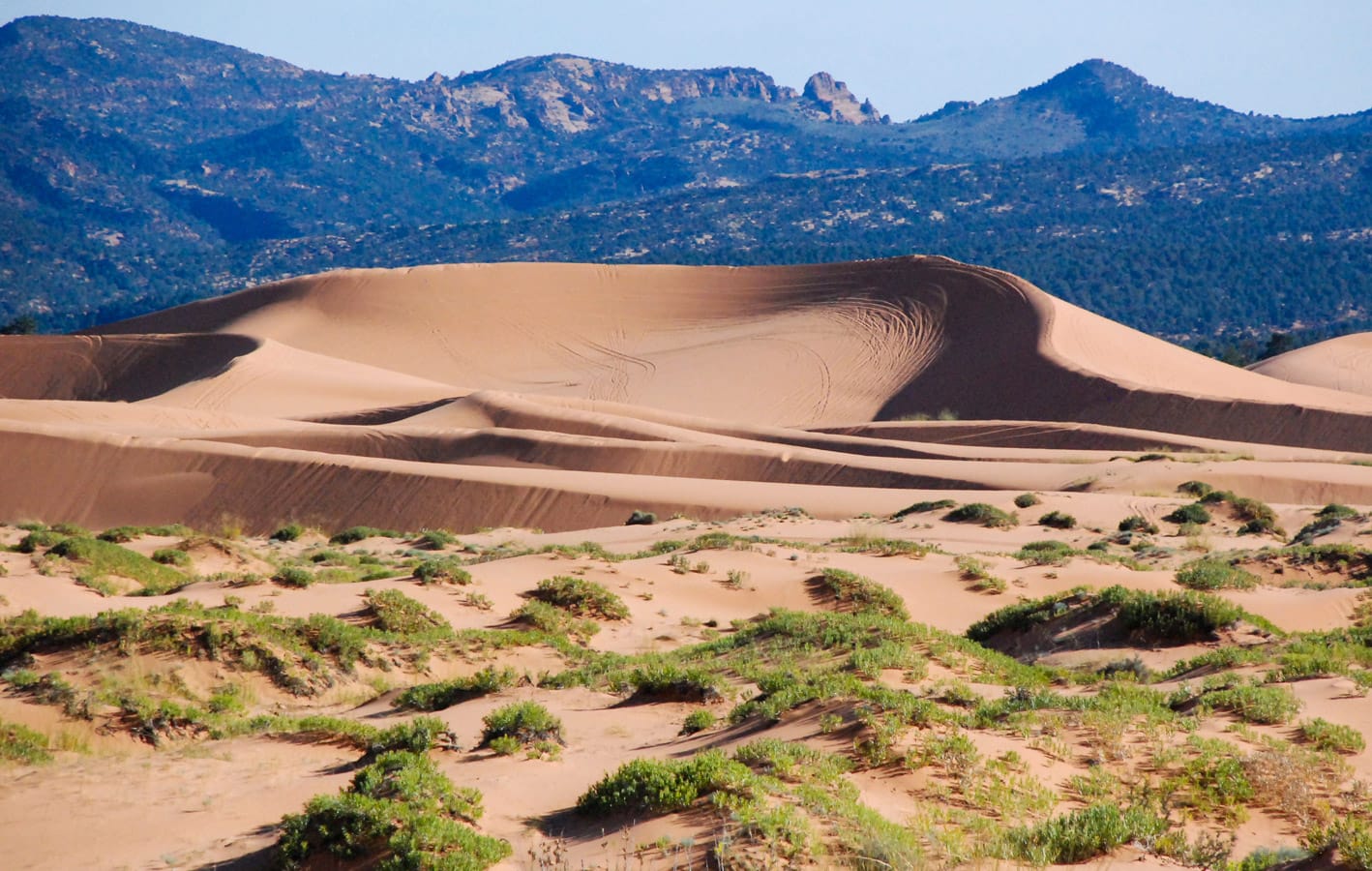
Coral Pink Sand Dunes State Park Hike St
Coral Pink Sand Dunes State Park is a state park near East Zion and Kanab, Utah that features a series of sand dunes that are coral pink in color! The state park website says it best: "Venture onto a shifting sea of red sand. Changed by winds, these mountains and hills of sand can move as much as 50 feet per year. With areas for off-highway.
Journeys Coral Pink Sand Dunes State Park, Zion and Bryce Canyon National Parks, Utah Hiking
Coral Pink Sand Dunes ATV Area. This park has unique red sand dunes that are amazing to behold, soft coral pink sands blow into an otherworldly OHV playground. These dunes are estimated to be between 10,000 to 15,000 years old and were formed by the wind slowly breaking down the Navajo sandstone over hundreds of years.